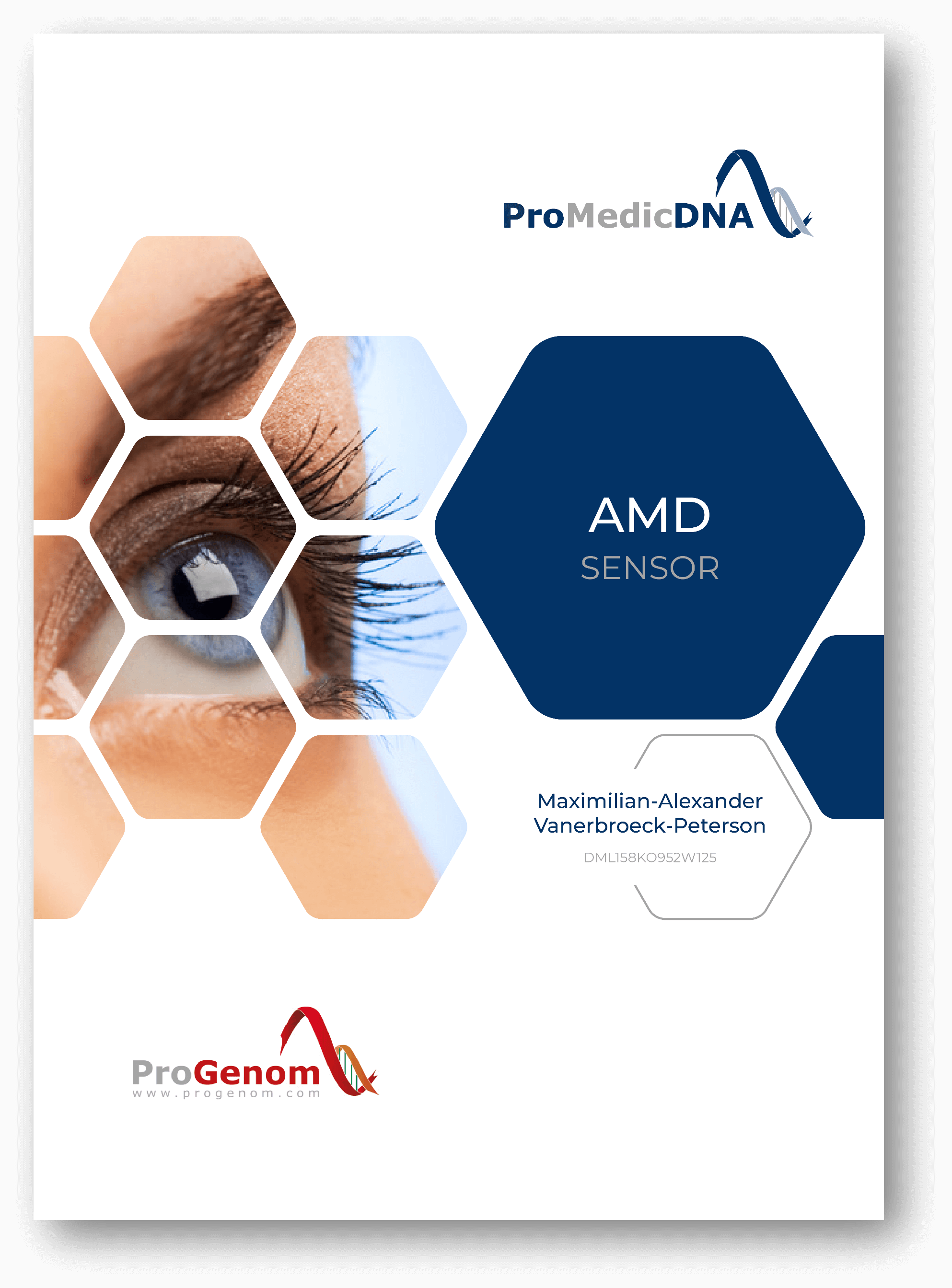Age-Related Macular Degeneration is Often Detected Too Late
As we age, our vision typically declines, but for many, it is not limited to normal age-related changes. Often, other eye diseases exacerbate the loss of vision beyond normal levels. Macular degeneration (a form of retinopathy) is a painless disease of the retina in the human eye that usually develops slowly after the age of 50 and affects only the area of the sharpest vision. It rarely leads to complete blindness but causes a disturbing spot on the macula in the center of the visual field. Reading and recognizing details become difficult or even impossible, while the peripheral vision, color perception, and orientation remain intact.
In industrialized countries, macular degeneration is the leading cause of blindness, and it is estimated that around 30 million people worldwide suffer from the disease, with men and women equally affected. In Age-Related Macular Degeneration, symptoms initially go unnoticed and gradually worsen. Often, the first difficulties appear during reading, as letters simply disappear. Straight lines and edges, such as window frames, are perceived as wavy, which can be detected and measured with a simple test (Amsler grid). Gradually, vision deteriorates, reading ability declines, contrast sensitivity decreases, adaptation to light and dark worsens, and sensitivity to glare increases. In advanced stages, the central visual field often shows only gray shadows, which may eventually disappear as the disease progresses.
The Marvel of the Eye and Its Damage
The human eye works on the principle that a lens captures light from the field of view and focuses it on an area densely populated with light-sensitive cells. These cells then detect whether the incoming light is bright or dark, red or blue, for example. Each cell passes the collected information to our brain, which then assembles a complete image, allowing us to see the world around us.
The area of light-sensitive cells is known as the retina. The region where light is most concentrated, the point of sharpest vision, is called the macula. In macular degeneration, the cells in the macula begin to die with age, or new blood vessels or metabolic waste products form, impairing the function of this region. Certain environmental risk factors can significantly accelerate these processes. These include smoking, cardiovascular disease, high blood pressure, poor diet, and excessive light exposure. Preventive measures primarily focus on minimizing these risk factors to delay or potentially prevent the onset of the disease.
Possible Causes of AMD
While the exact causes of Age-Related Macular Degeneration are not yet known, at least three different gene variants have been identified that significantly increase the risk of developing AMD. In AMD, the genes responsible for detoxifying the eyes are typically mutated, leading to the gradual accumulation of deposits (called drusen) in the retina, which can be detected and treated through regular visits to an eye clinic and competent monitoring by eye specialists.
Treatment options for advanced macular degeneration are limited and usually can only delay the worsening of symptoms rather than reverse them. Therefore, prevention and early detection are critical in macular degeneration. An analysis of the relevant genes can determine your individual risk for Age-Related Macular Degeneration, allowing for immediate response and treatment at the first sign of symptoms.
How Does Our AMD Sensor Work?
With our AMD Sensor, our laboratory examines the submitted saliva sample for the three gene variants that can significantly increase the risk of developing Age-Related Macular Degeneration.
This genetic test allows us to determine the likelihood of developing AMD and recommend preventive measures.
We summarize the analysis results in a written report and provide specific recommendations, such as a tailored diet and micronutrient intake, for prevention.
In this context, our AMD Sensor can significantly contribute to the early detection of Age-Related Macular Degeneration and suggest effective preventive measures to help maintain vision.
AMD Sensor Overview
- Analysis of the 3 genes relevant to AMD
- Assessment of individual risk for Age-Related Macular Degeneration
- Reliable & ISO-certified analysis by our laboratory
- Clear evaluation of test results
- Individual preventive recommendations to preserve vision



























